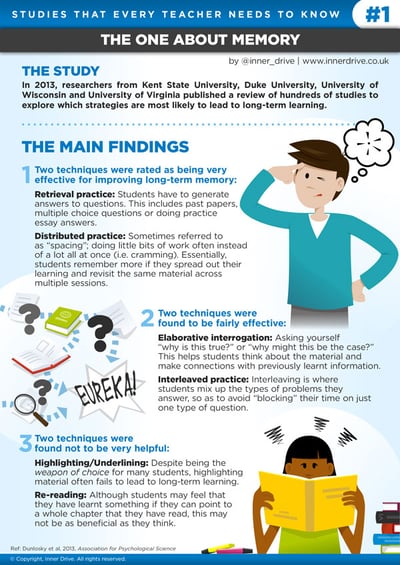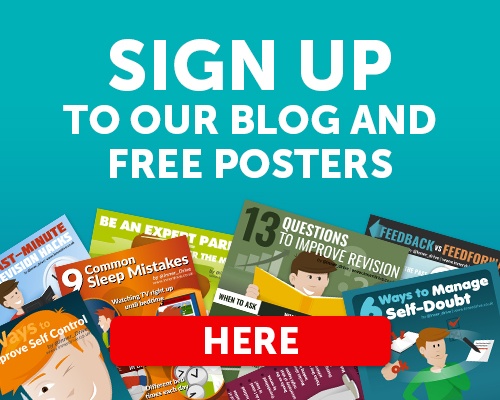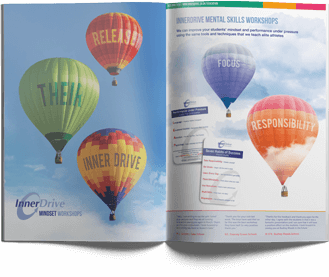WHY THIS STUDY
How do our students learn things? The ability to retain and recall information is central to improving pupils’ memory, knowledge and learning. But do students know what works, and do they use these strategies? In 2013, researchers from Kent State University, Duke University, University of Wisconsin and University of Virginia published a review of hundreds of studies to explore which strategies are most likely to lead to long-term learning.
This study is one of the most thorough and comprehensive appraisals on strategies that students employ to improve their memory. It is often the first piece of psychological research we recommend teachers read.
The main findings
 The following two techniques were rated as being very effective for improving long term memory:
The following two techniques were rated as being very effective for improving long term memory:
Retrieval practice
This is where students have to generate an answer to a question. This includes past-papers, multiple choice questions or doing practice essay answers. This technique has been extensively researched and is consistently found to be one of the most effective ways to improve learning.
Distributed practice
Sometimes referred to a ‘spacing’, this is doing little bits of work often instead of a lot all at once (i.e. cramming). Essentially, students remember more if they spread out their learning; for instance, doing one hour a day for eight days rather than doing eight hours in one day.
The following two techniques were found to be fairly effective strategies:
Elaborative interrogation
Asking yourself ‘why is this true?’ or ‘why might this be the case?’ helps students think about the material and make connections to previously learnt information. However, this technique does require students to have a good base knowledge for it to work effectively.
Interleaved practice
Interleaving is where students mix up either the types of problem or different subjects, so as to avoid ‘blocking’ their time on just one type of question. This helps keep things fresh and helps students identify similarities and difference between the materials they are studying.
Finally, these two strategies were found to not be very helpful at all in improving students’ ability to recall information at a later date:
Highlighting/underlining
Despite being the weapon of choice for many students, highlighting material often fails to lead to long term learning. This is because it is often done on autopilot, does not help make students make connections from previous learnt material and does not help them make inferences on what they are learning. By itself, highlighting is not the worst technique, it is more a case of how students use it. Many of them excessively over-highlight, making it more akin to colouring in.
Rereading
Although students may feel that they have learnt something if they can point to a whole chapter that they have read, it may not be as beneficial as they think. This is because many may end up skim-reading, which doesn’t require them to think very deeply about what it is they are reading.
RELATED RESEARCH
Numerous researchers from around the world have run studies that support these findings. For practice testing to be most effective, it has to be done at ‘low-stakes’, which means it does not increase stress levels of students and is not used as a form of judgement on their abilities. We still do not know the optimum time to space sessions for distributed practice, which is something currently being explored.
CLASSROOM IMPLICATIONS
How can teachers use these findings? It will vary depending on the nature of your cohort and the subject you teach. The testing effect can be harnessed through short quizzes at the start or end of a lesson. Likewise, distributed practice is important now that students no longer do modular exams, so revisiting previous topics is even more important.
It is important that we teach our students what does and doesn’t work. Each minute spent doing highlighting or re-reading is sixty seconds not spent doing something more effective. As the authors of this study state, “a premium is placed on teaching students content and critical-thinking skills, whereas less time is spent teaching students to develop effective techniques and strategies to guide learning…teaching students to use these techniques would not take much time away from teaching content and would likely be most beneficial if the use of the techniques was consistently taught across multiple content areas, so that students could broadly experience their effects on learning and class grades”.
This study is from our latest book, "The Science of Learning: 99 studies that every teacher needs to know".
Reference: Dunlosky et al, 2013, Association for psychological science




